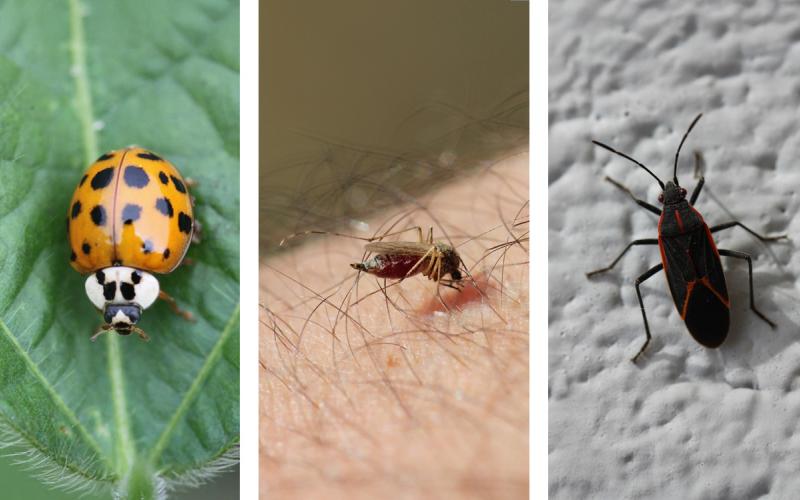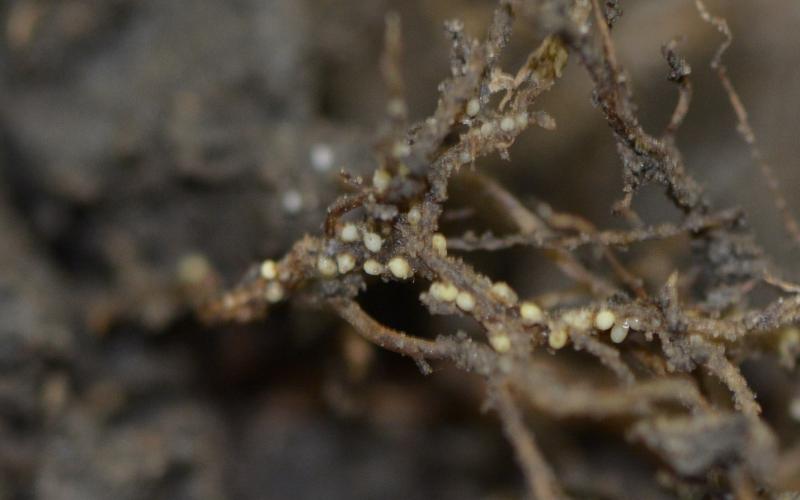Written collaboratively by Adam Varenhorst, Philip Rozeboom, Patrick Wagner, and Brad McManus.
Originally Submitted: May 30, 2024
Many of the northern counties are approaching enough degree days for a peak second-generation seedcorn maggot emergence to occur. In areas with wet field conditions, poor stands should be evaluated to determine if seedcorn maggots are possibly the cause. If conditions in areas are dry enough for planting, ensure that peak emergence is not occurring or use an insecticide seed treatment labeled for seedcorn maggots.
Predicting Seedcorn Maggot Emergence Activity With Degree Days
The emergence of seedcorn maggot flies can be estimated by using degree days with a lower developmental threshold of 39 degrees Fahrenheit and an upper developmental threshold of 84 degrees Fahrenheit.
The peak emergence for the overwintering population occurs at 360 degree days. The peak emergence for the second generation occurs at 1080 degree days. The peak emergence for the third generation occurs at 1800 degree days (Table 1).
As a reminder, the equation for degree days is:
(Maximum Daily Temperature + Minimum Daily Temperature) ÷ 2 - The Developmental Threshold

| Accumulated Degree Days |
|
|---|---|
| 360 | Overwintering generation |
| 1080 | Second generation |
| 1800 | Third generation |


